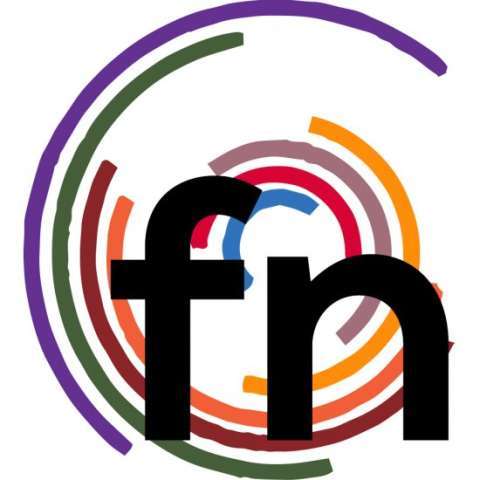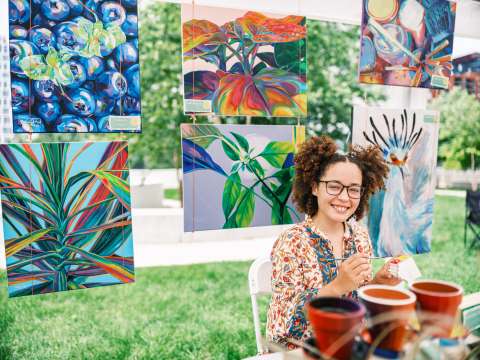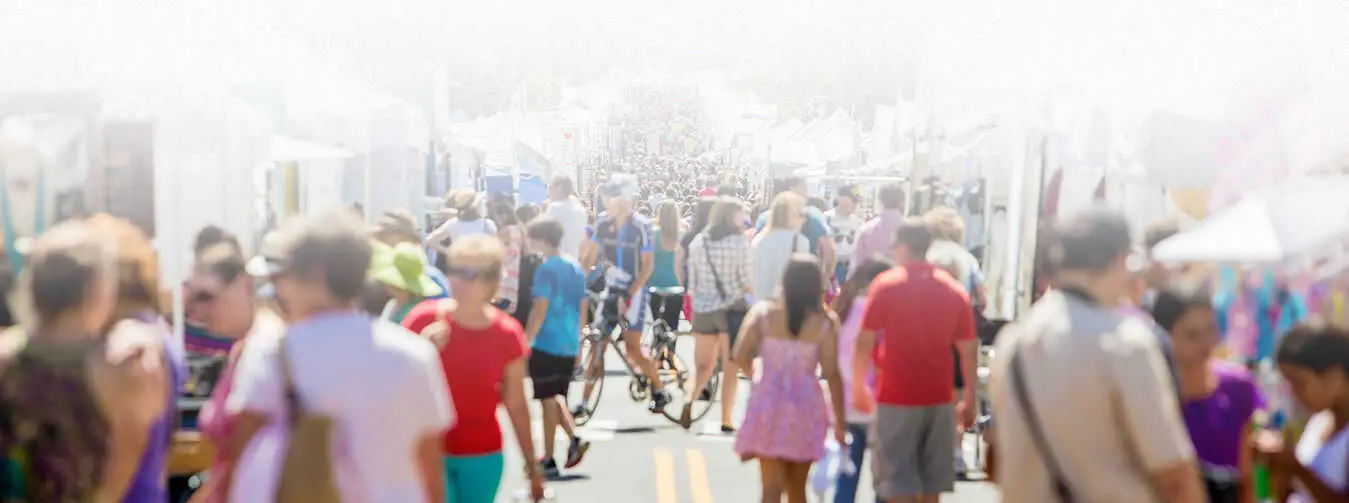Art fairs and festivals are an ideal opportunity for artists to sell their creations to grow their audiences and brands, in addition to custom orders, e-commerce, and personal sales. Artists can create a community, build an audience, & attract the attention and curiosity of curators and galleries all while exhibiting at art fairs. If you are looking to make festivals one of the ways to develop your art career, the following tips will be helpful.
1. Do Research
Research is a priority for event exhibitors. Prepare adequately and ensure that you have enough information to decide if the event is for you! Using a FestivalNet.com membership gives you access to lots of event details, contact information, and organizational tools. Keep in mind, always double check the information found on websites and social media, as details can change.
Tip! This time of year especially... When you are using the FestivalNet event database (we refer to as "Pro Search"), you must use "All Years" rather than "2024 only" for next year's events. This is due to the fact that updates happen year round and often, they happen 2-6 months before the event... depending on many factors. In other words, there are many events taking place in May or June whose dates are not made available still even on the event's website... So, if you use "all years" to see updated and non-updated events while researching events, you won't miss out an many annual events that have not been updated yet.
Be sure to read and understand the event contract: be aware of any refund policy, details relating to deadlines, fees, rain or shine guidelines, and all rules related to set up, the actual event, and tear down. From where to park to what the event requires of their vendors (tent color, tent weights, electricity needs, insurance, and more), there is a lot of be aware of and understand before deciding to send the application fees & committing to doing a show! If you are brand new to doing shows, consider attending a few and studying what other vendors do!
2. Follow Instructions
From the event's “how to apply” specifics to what time you are allowed to break down your display at the end of the day, be sure to follow instructions from start to finish to make a good impression and be welcomed back. Professional and successful organizers always have protocols and procedures laid out to make the events more successful. Proper coordination ensures that the attendees, artists, performers, & vendors get the best out of the festival.
When you follow the guidelines, you will be able to make the entire festival more successful, and you will also establish a better relationship with the organizers. This means that they will invite you next time and refer you to their partners and friends. More opportunities come your way when you have a good rapport with the festival organizers.
3. Stay Organized
Get organized before the fair and try to stay organized throughout. Set up systems, from containers for your items, to sales and business supplies, and be prepared! From changes in weather to rips or breaks to materials, have items on hand to take care of any nuisance. Time will be a truly precious asset when the event is taking place and when you are properly organized, you will be able to make good use of every moment. You will also be able to make a better impression when you are well organized. Remember to think about the little things like water, snacks, hand sanitizer, and back up batteries for your phone or payment processor.
4. Brand Consistency
Always pay attention to your brand when you are working in the public. How you present yourself is how is you represent your business. Your materials and presentation should be able to match your brand right down to the small details. Be authentic and consistent about your brand, and you will realize the enormous impact you will make at the fair. In addition to brand consistency, staying positive and portraying a happy demeanor while working in the public will be better all the way around.
5. A Spacious Booth
Your booth should be comfortable for your audience. Shoppers should be able to breathe easily when you are presenting to them. You will get a better crowd when your booth is adequately spacious and not overcrowded with unnecessary props. Prepare your booth well in advance and ensure that you have planned what you will include and leave out. If you are a first time exhibitor, be sure to set up completely at home, first, to learn what works and what doesn't.
Consider your chair. You don't want to sit too low behind a table. Many artists opt for a taller “director's chair” so that they can be comfortable while also maintaining their presence at events!
6. Follow up on Leads
Have business cards to hand out and encourage your new friends and customers to like or follow your social media pages! Collect email addresses and build your customer base at events. Sometimes, the best sales happen after the festival as you build rapport with your audience. Email marketing is still an important part of small business success, so take it seriously and stay consistent!
7. The Basics in Sales
When someone enters your tent, greet them and let them know you are available to answer any questions. If someone is showing interest in a piece, it's a good idea to share a story or tell a little about the process behind that piece. When you appeal to someone's emotions with a story or about the efforts spent, you're that much closer to earning a sale, or gaining a fan!
Don't talk too much & leave a little to mystery.
It's a good idea to try and offer items at various prices points. Do not put too much stock out at once, it's never a good idea to have a crowded display. Restock as needed. Offering little perks like gift wrap, shipping, or custom orders can help you stand out in the crowd as well.
Art Fairs are an exciting opportunity for an artist to exhibit their work. It gives them a chance to get in front of an audience, demonstrate their work, and build a customer list. With the tips listed above, artists can achieve better results from art fairs and festivals.



